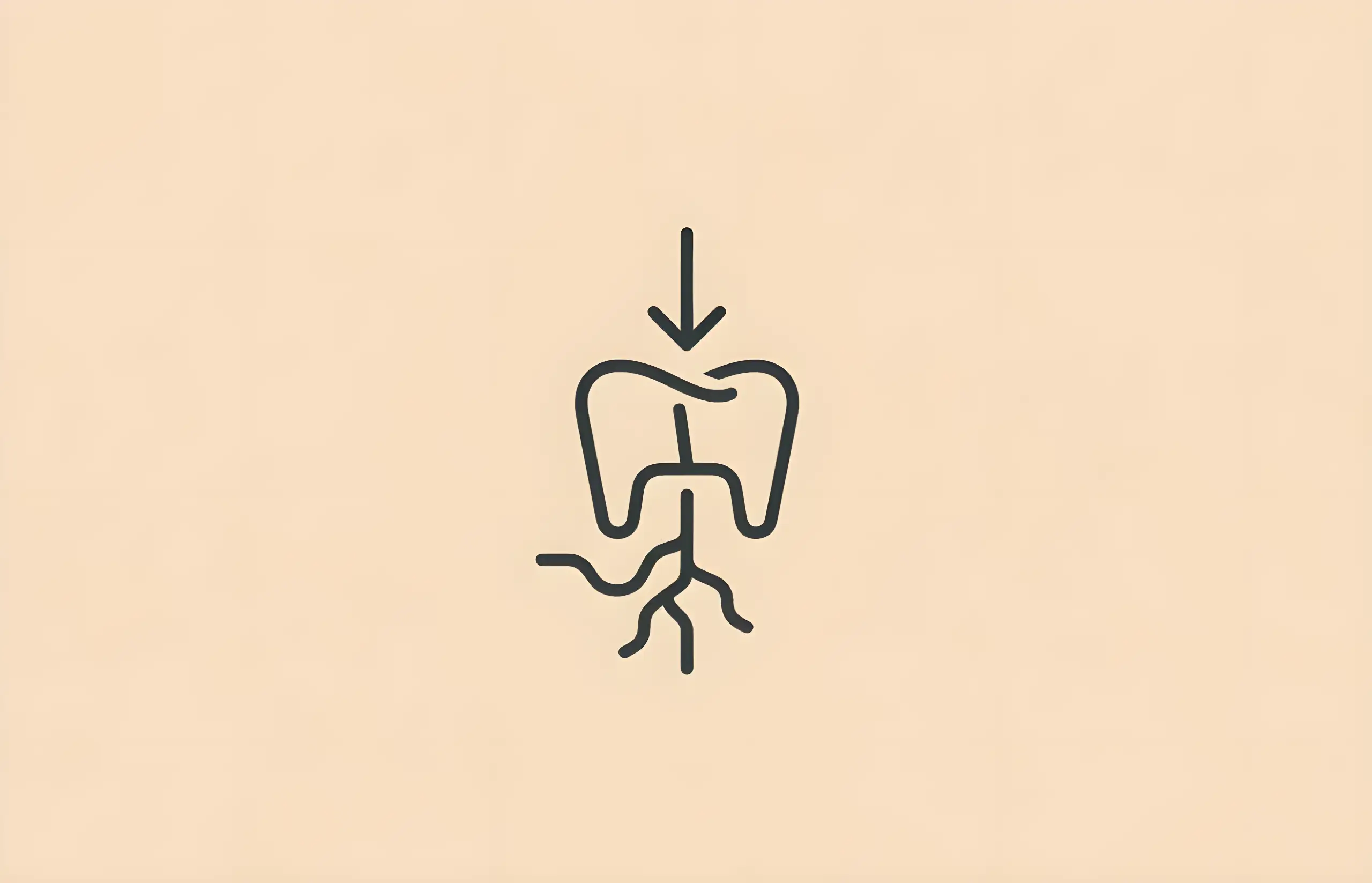Even if you went through the long, painful process of braces, aligners, and retainers as a teenager, your teeth might not stay perfectly straight forever. As an adult, your body goes through a multitude of changes. This includes your skin, muscles, and yes, even your teeth.
While some shifting is natural, you may be wondering what causes teeth to shift in adults.
Ageing
With age, the natural system that keeps your teeth in place gets weaker. This system consists of your jaw bone, ligaments, muscles, and tissues. As these lose density, you can experience tooth loss and, ultimately, shifting. For adults who suffer a late eruption of wisdom teeth, that can also push teeth forward.
Your gums also begin to recede, along with the breaking down of our periodontal (relating to or affecting the structures surrounding and supporting the teeth) ligaments, which also hold the teeth in place. Usually, our teeth gravitate towards the front of the mouth, which creates crowding.
Poor habits
While ageing is something that we can't control, bad habits are something that we can. These actions, paired with the vulnerability of ageing, can also cause your teeth to shift. These habits include:
- Teeth grinding and jaw clenching: The additional, unnecessary pressure can cause your top and bottom teeth to shift. It is very common for this to happen while you're sleeping, and you may not even be aware of it.
- Nail biting: While nail biting is primarily a threat because of chipping erosion, the new bacteria introduced to your mouth can also weaken your gums. With gingivitis, your gums grow weaker and also recede much faster than a set of healthy gums.
- Using your teeth as a tool: This one is fairly self-explanatory. Using your teeth to open packages, remove tags, pull out a watch stem, or other odd uses also puts lots of pressure on your teeth.
By adopting good dental health habits, we can prevent some of the shifting that occurs in teeth.
Miscellaneous causes
Teeth shifting may also be caused by genetics (and often doesn't present itself until you're older), but can also be caused by pregnancy. The influx and shifting of hormones can increase blood flow to the gums, making them more susceptible to inflammation.
A chemical produced during childbirth, relaxin, can also soften the periodontal ligaments. While pregnancy is a legitimate cause of teeth shifting, the effects are rarely noticeable unless combined with other factors.
The risks of poorly aligned teeth
There are many risks associated with poorly aligned teeth, although, in most cases, the misalignment is not severe enough to impact your dental health directly.
Even if there isn't a direct danger to your health, another risk faced is damage to your self-esteem – your smile is one of the first things people notice about you, and if your once-perfect smile begins to change, you may become self-conscious about it.
Listed below are risks associated with shifted or misaligned teeth (medically known as malocclusion).
- Difficulty flossing or brushing: Regardless of the severity of your misalignment, the most common risk is hindering your flossing and brushing. If your teeth are overlapped or crowded, routine brushing and flossing methods won't eliminate all of the plaque in your mouth. Plaque buildup can lead to many issues, such as gum disease and tooth decay.
- Speech impediments: An overbite or gaps in your teeth can cause speech impediments, such as a lisp or a whistle.
- Interference of chewing: If there is misalignment towards the back of your teeth, it can ultimately interfere with your normal jaw movements, which can affect chewing and cause discomfort.
Fortunately, it's usually possible to avoid any of the above risks by practising good dental health and visiting your dentist regularly.
What treatment is available?
Whether you'd like to correct your smile for purely aesthetic reasons or to improve your dental health, there are two common routes of treatment:
- Braces or aligners: A considerably lengthy process with many adjustments, braces correct the misalignment by placing pressure on the teeth and slowly moving them into place. Aligners serve the same purpose, but are made of transparent material instead of metal and are typically less intrusive and uncomfortable. At the end of either treatment, you will need to wear a retainer to maintain the results.
- Surgery: In cases where your teeth's misalignment is caused directly by problems in your bone structure, your dentist may recommend surgery. It's a relatively minor procedure, but even when successful, you may have to wear braces for a short period afterwards.
Getting braces or other teeth-straightening treatments is not exclusive to children and teenagers and can also be obtained by adults. Your smile lasts a lifetime, so don't let it hold you back!
Sources and References
-
[1]
Age-related changes of fibroblast density in the human periodontal ligamentJournal of Dental Researchhttps://pmc.ncbi.nlm.nih.gov/articles/PMC3844409/
- [2]
-
[3]
Mandibular Crowding: Diagnosis and Management—A Scoping ReviewHealthcarehttps://pmc.ncbi.nlm.nih.gov/articles/PMC10222176/
-
[4]
A cross-sectional, clinical study to evaluate mobility of teeth during pregnancy using periotestJournal of Indian Society of Periodontologyhttps://pubmed.ncbi.nlm.nih.gov/28393811/
-
[5]
Retention and relapse in clinical practiceAustralian Dental Journalhttps://pubmed.ncbi.nlm.nih.gov/28297088/
All sources accessed and verified on . Medical information reviewed for accuracy and compliance with current guidelines.
Related Articles
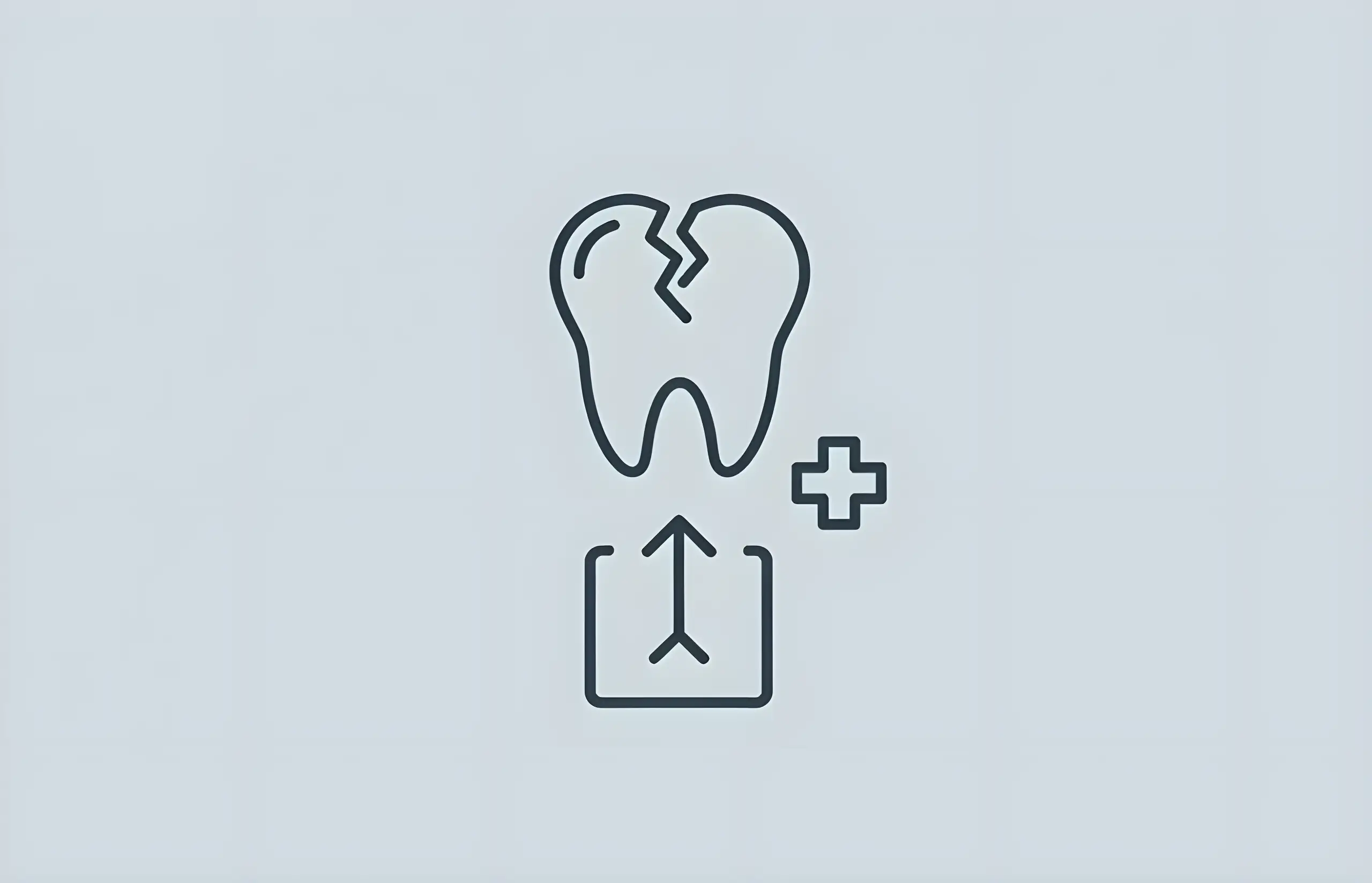
What To Do If You Have A Broken Molar
Understanding why molars break, recognizing symptoms from chips to severe fractures, and knowing when to seek urgent dental treatment
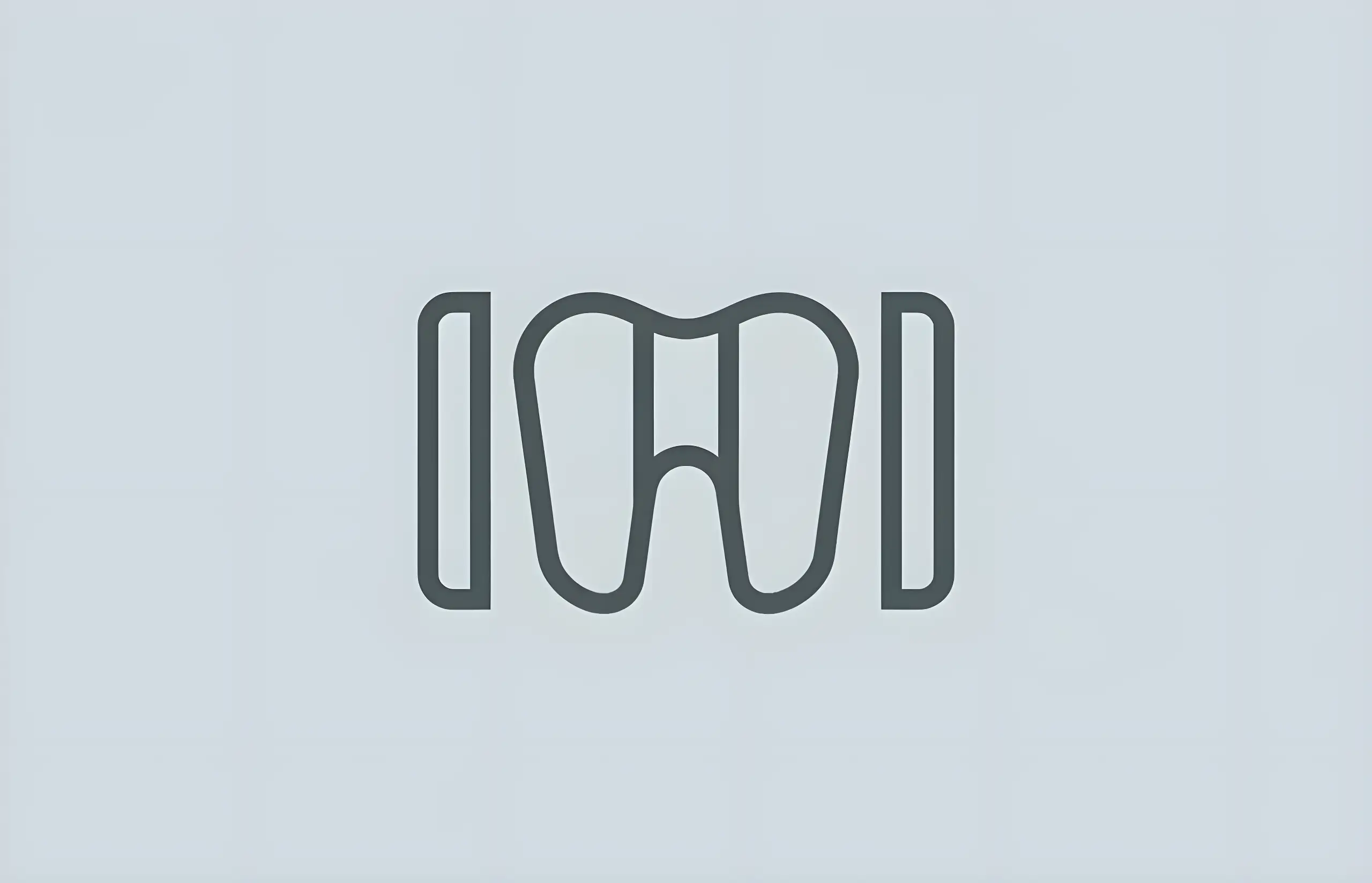
Diastema: How To Fix Gaps In Teeth
Comprehensive guide to diastema causes, types (midline and mandibular), prevalence in children (41.75%), treatment options including braces, veneers, composite bonding, frenectomy, and clinical outcomes
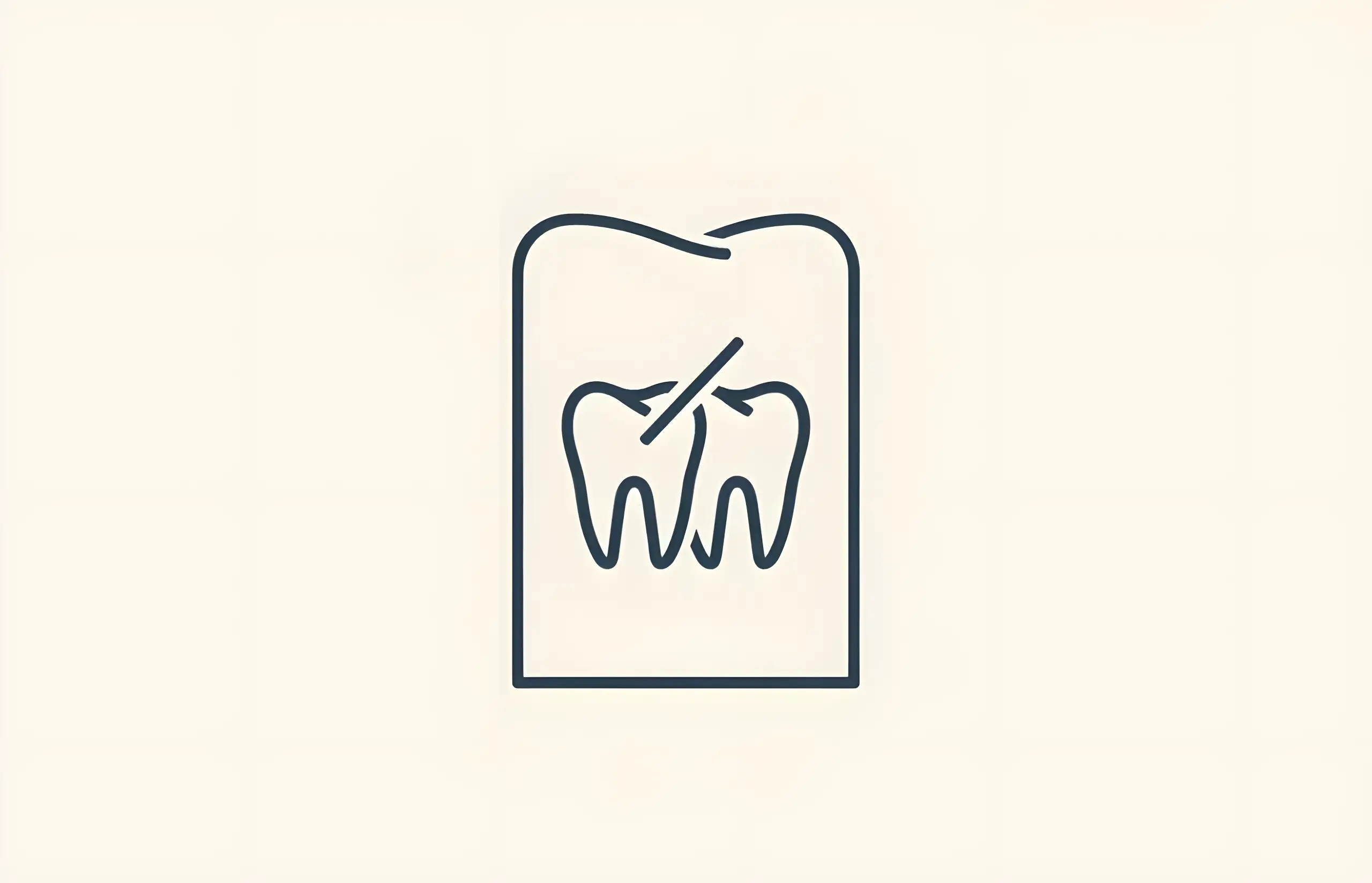
How to Fix a Crooked Tooth
Comprehensive guide to fixing a single crooked tooth, including treatment options, costs, and reasons to seek correction
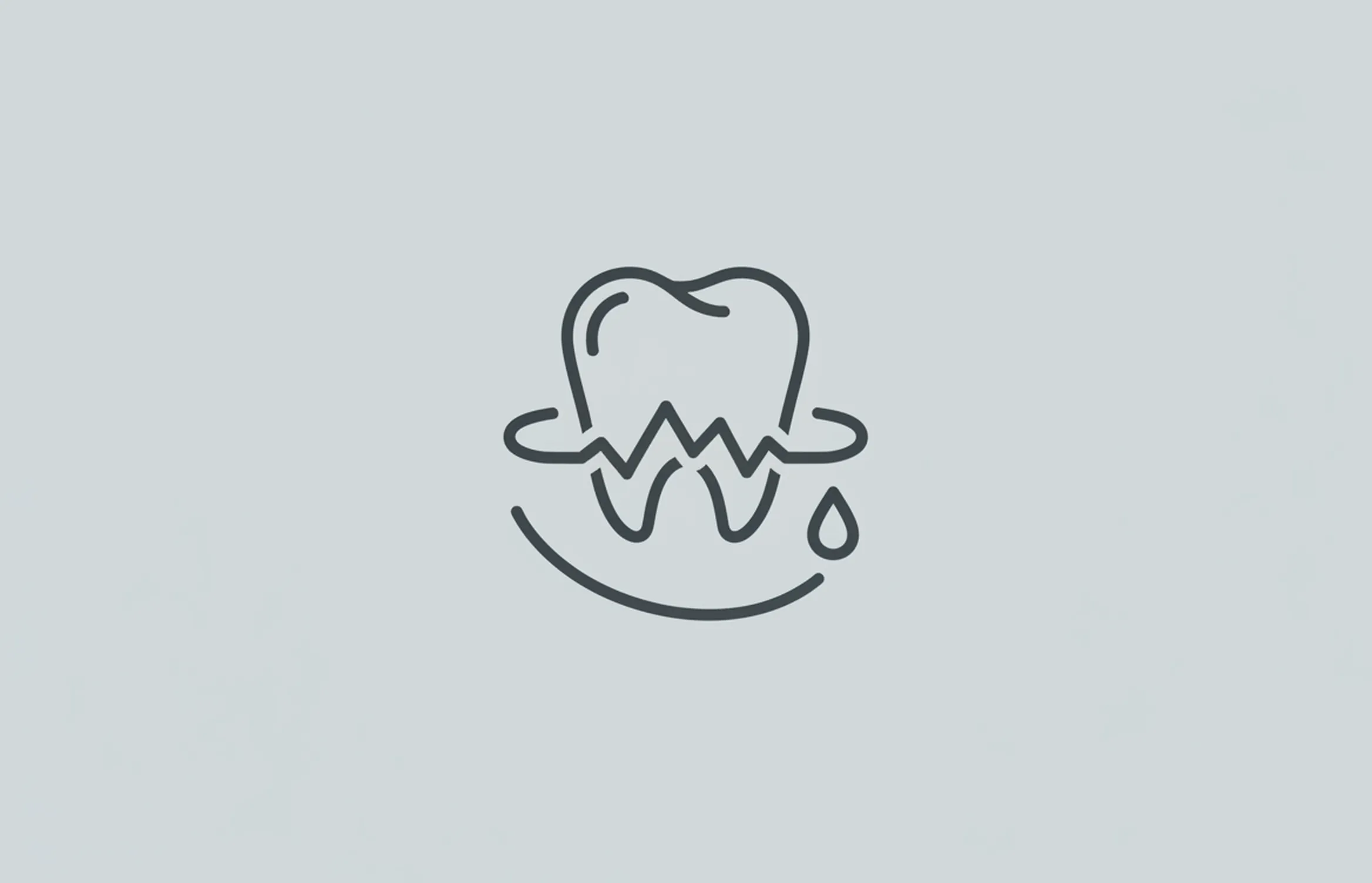
How To Treat Gingivitis
Learn effective treatments for gingivitis including home care strategies, proper oral hygiene techniques, and prevention methods to restore gum health
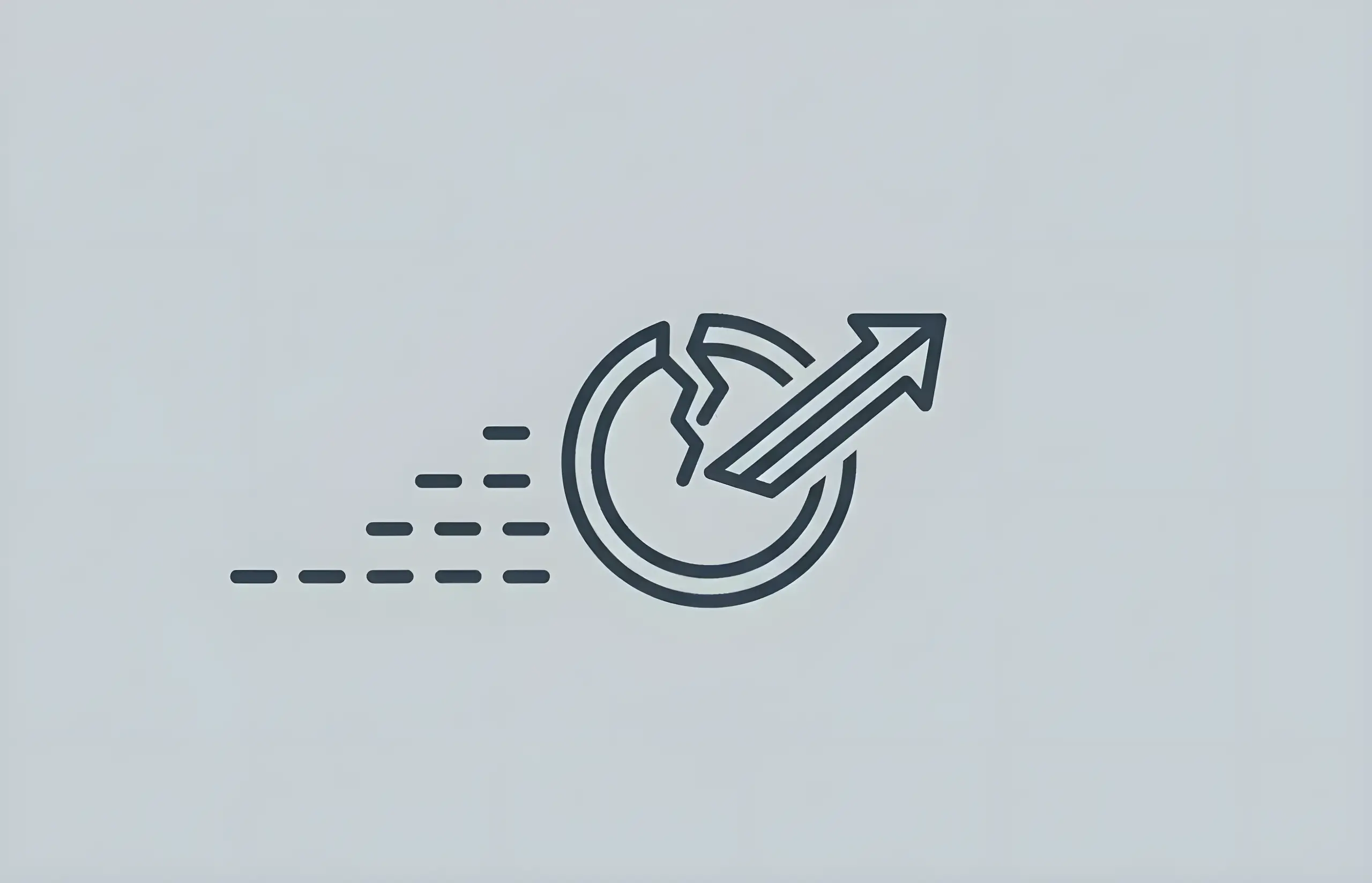
What is the Cost to Repair Chipped, Cracked, or Broken Teeth?
Comprehensive guide to tooth damage repair costs in the UK: NHS Band 1 (£22.70) for minor chips, Band 2 (£62.10) for fillings/root canals, Band 3 (£269.30) for crowns/veneers, with treatment success rates and prevention strategies
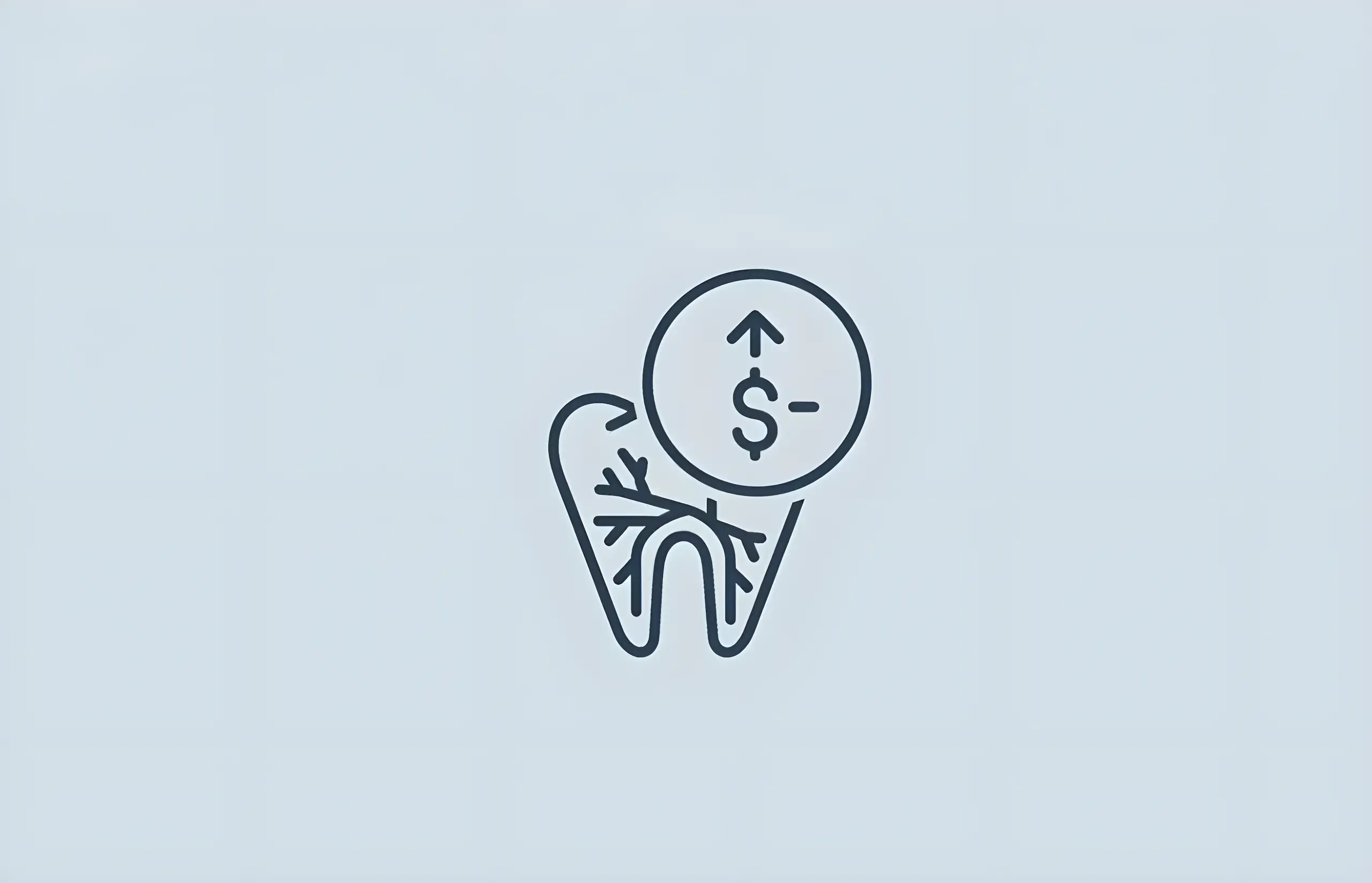
Root Canal Treatment – Costs and Information
Comprehensive guide to root canal treatment including what it is, the procedure, costs in the UK (NHS and private), and who needs endodontic therapy
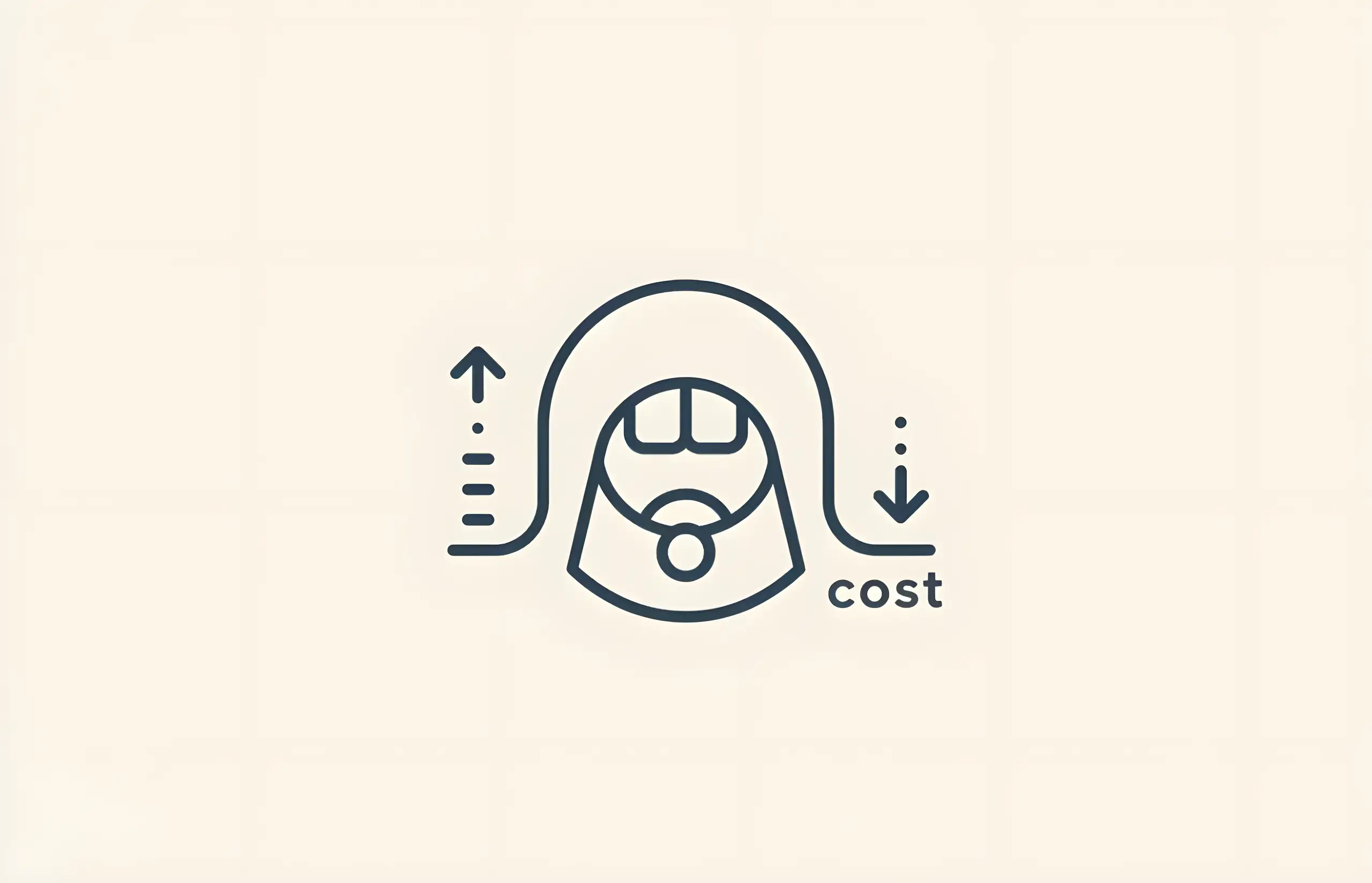
How Much Does Teeth Cleaning Cost?
Comprehensive guide to teeth cleaning costs in the UK, NHS pricing bands, scale and polish procedures, dental hygiene benefits, and professional teeth cleaning information

How Much Does A Tooth Extraction Cost?
Understanding the costs, procedures, and benefits of tooth extraction in the UK

What Causes Crooked Teeth?
Understanding the genetic, environmental, and developmental factors that lead to misaligned teeth and available treatment options

What is a Crossbite?
Learn about crossbite malocclusion including types (anterior and posterior), hereditary causes, childhood factors like thumb-sucking, treatment options, and potential complications
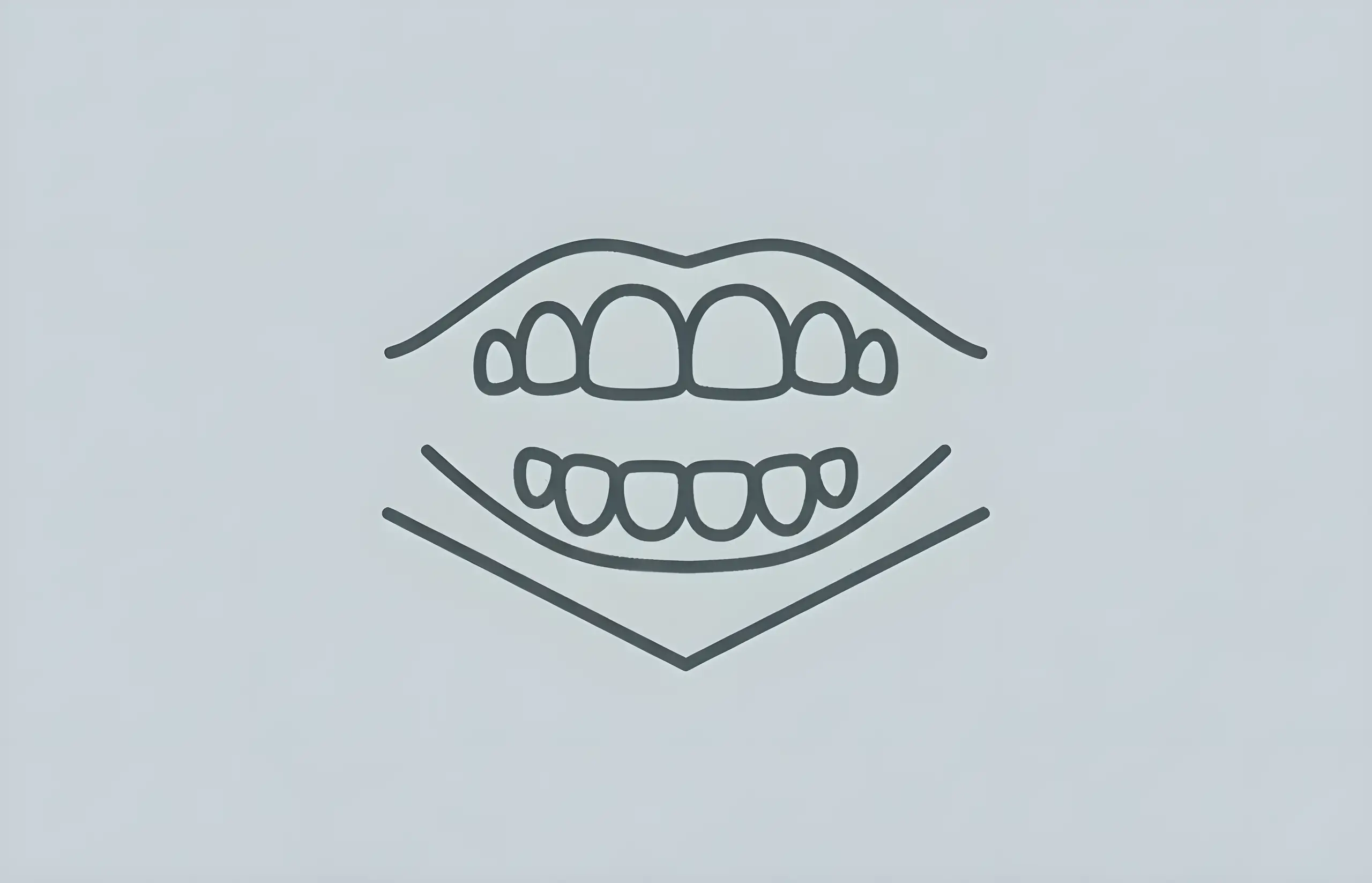
What Is An Open Bite?
Understanding anterior and posterior open bite malocclusion including causes, treatment options from braces to surgery, and functional impacts on speech and eating
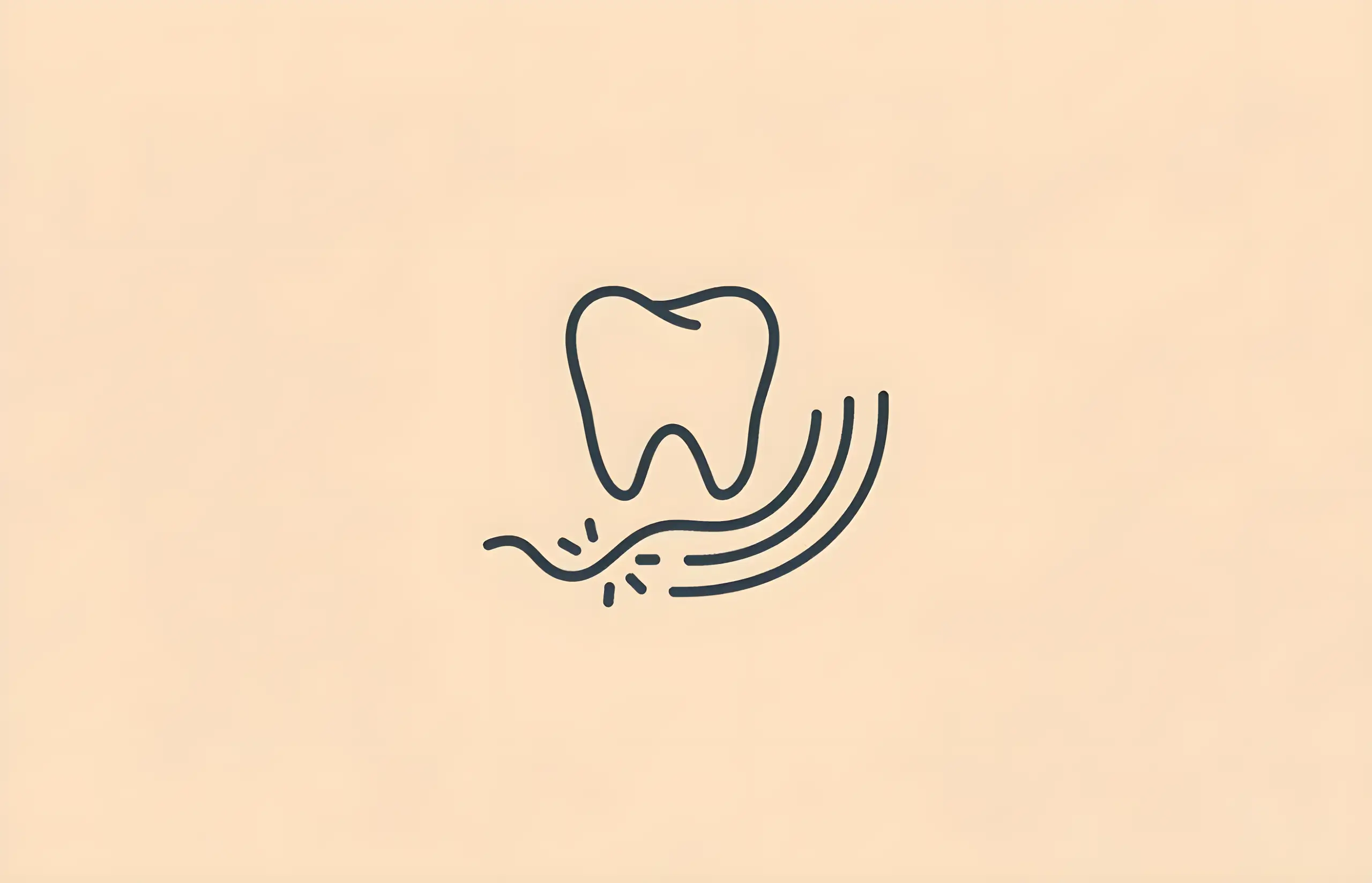
What Is Gingivitis?
Comprehensive guide to gingivitis, a common gum disease affecting 50-90% of adults, including causes, symptoms (bleeding, swelling, bad breath), treatment with scaling, and prevention through proper oral hygiene
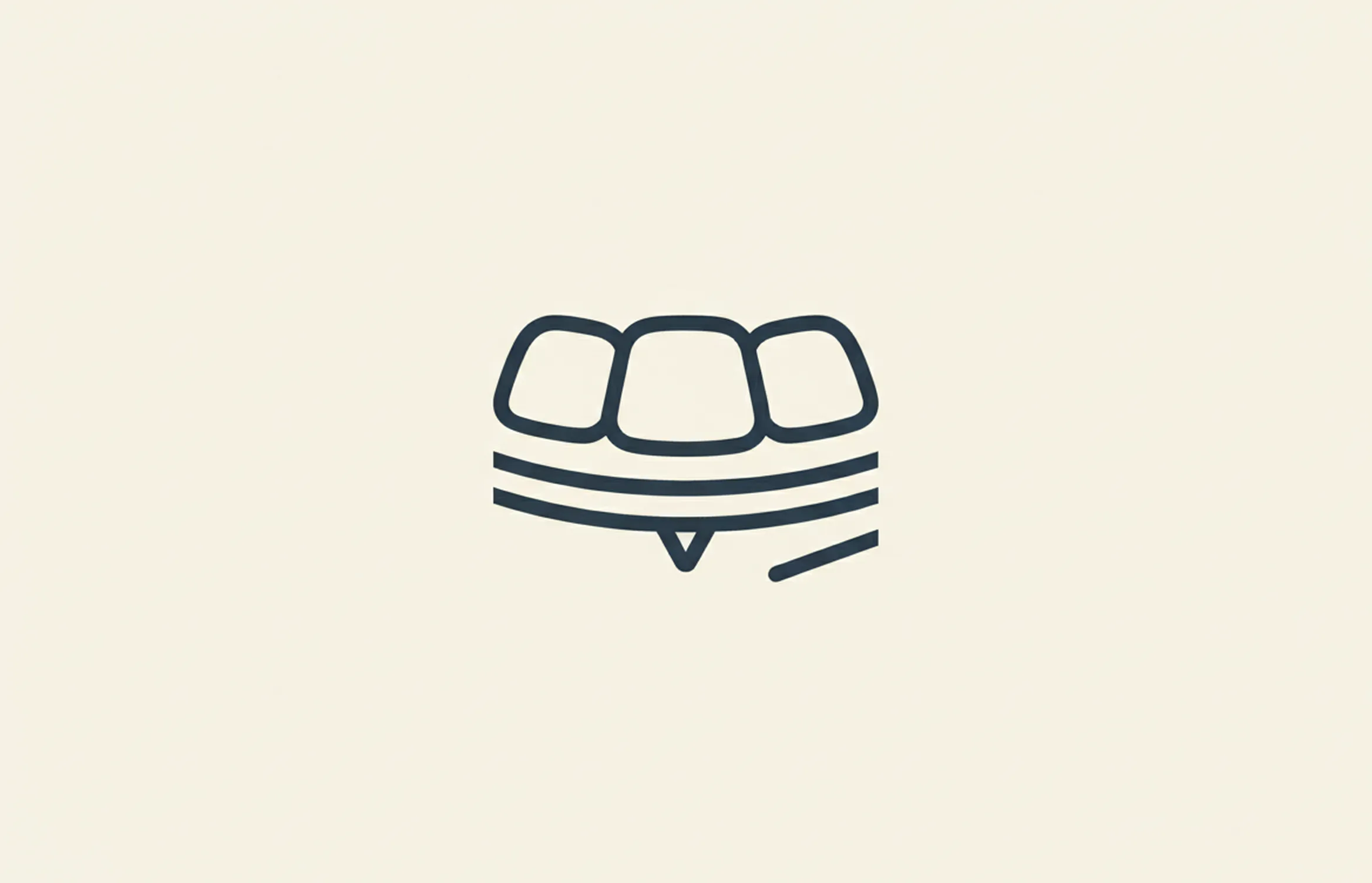
What Is Teeth Contouring?
Understanding dental contouring (enameloplasty) - a quick cosmetic procedure to reshape teeth by removing enamel for a straighter, more polished smile
About The Dental Guide
The Dental Guide is a trusted online resource providing evidence-based information about dental health, treatments, and procedures. Our content is created and reviewed by qualified dental professionals to help you make informed decisions about your oral health.
Our Mission
- Evidence-based dental information
- Expert-reviewed content
- Clear, accessible explanations
- Latest treatment options
- Patient-focused guidance
Editorial Standards
- GDC-registered dental professionals
- Peer-reviewed sources
- Regular content updates
- Medical accuracy verification
- Transparent authorship
Important Notice
The information on The Dental Guide is for educational purposes only and should not replace professional dental advice. Always consult with a qualified dentist for diagnosis and treatment recommendations tailored to your individual needs and circumstances.
Medically Reviewed
Reviewed by Dr. Nasim Mechoui , BDS (Bristol)
Share this article
Comments & Discussion
Have questions about dental implants? Share your thoughts or experiences.
